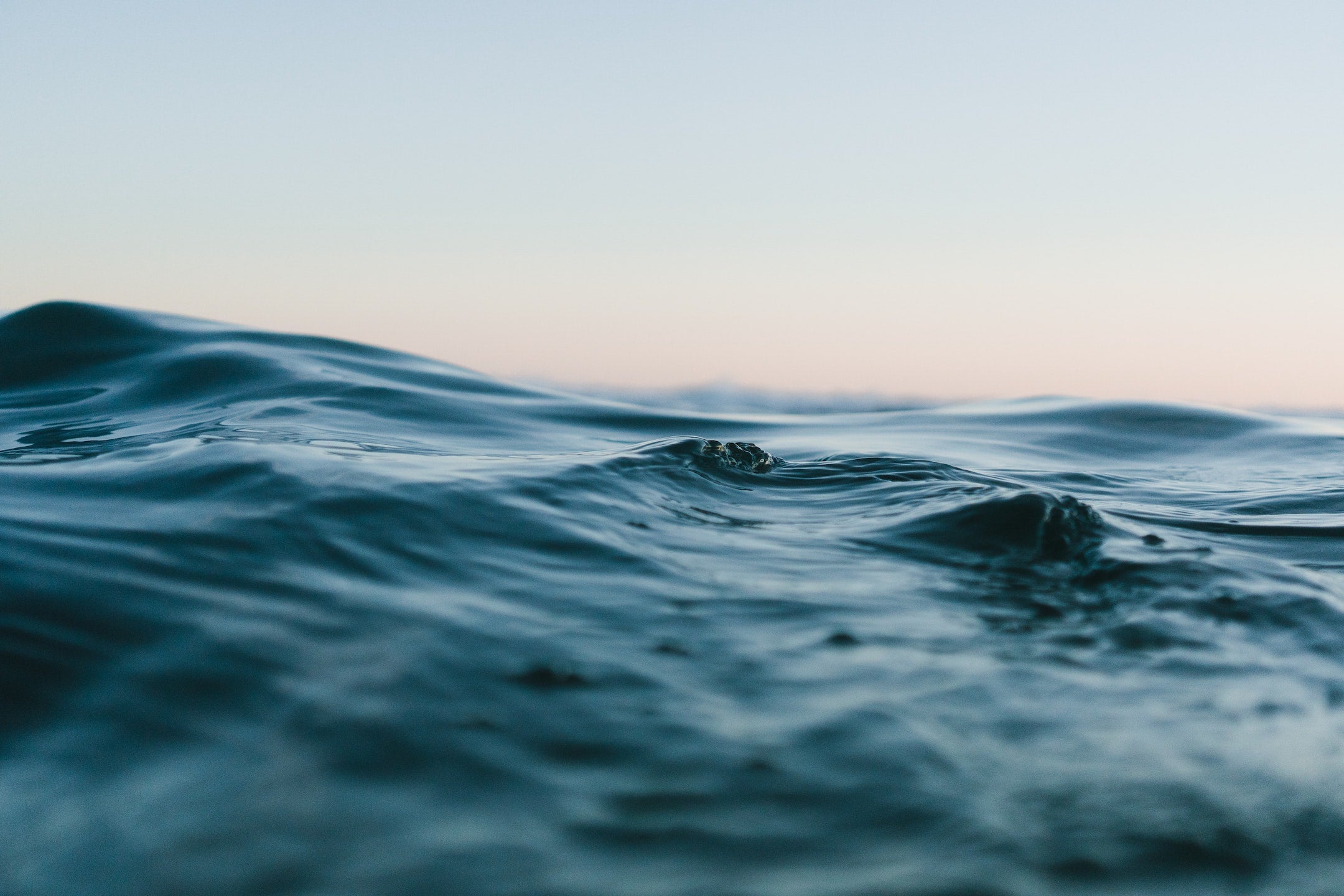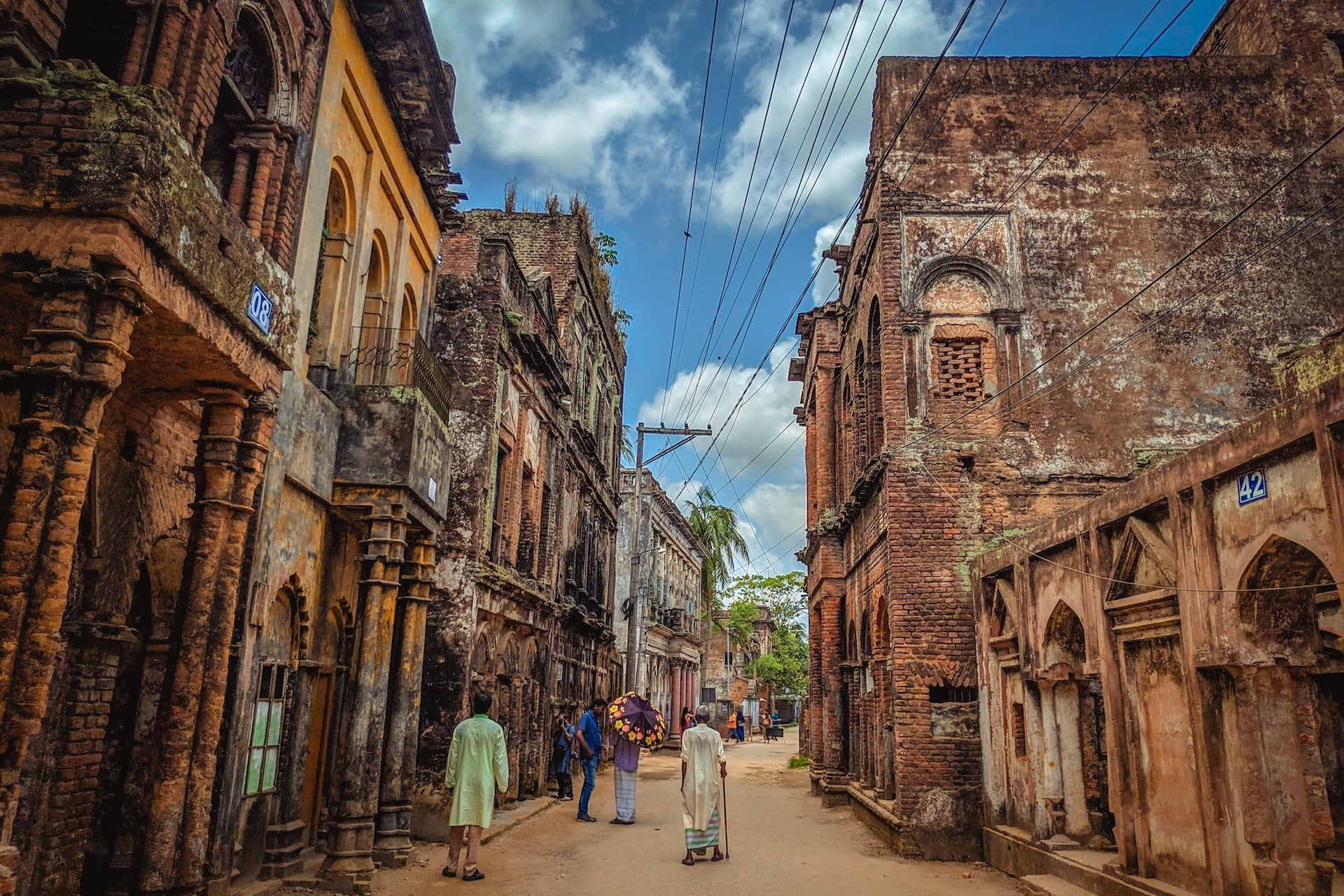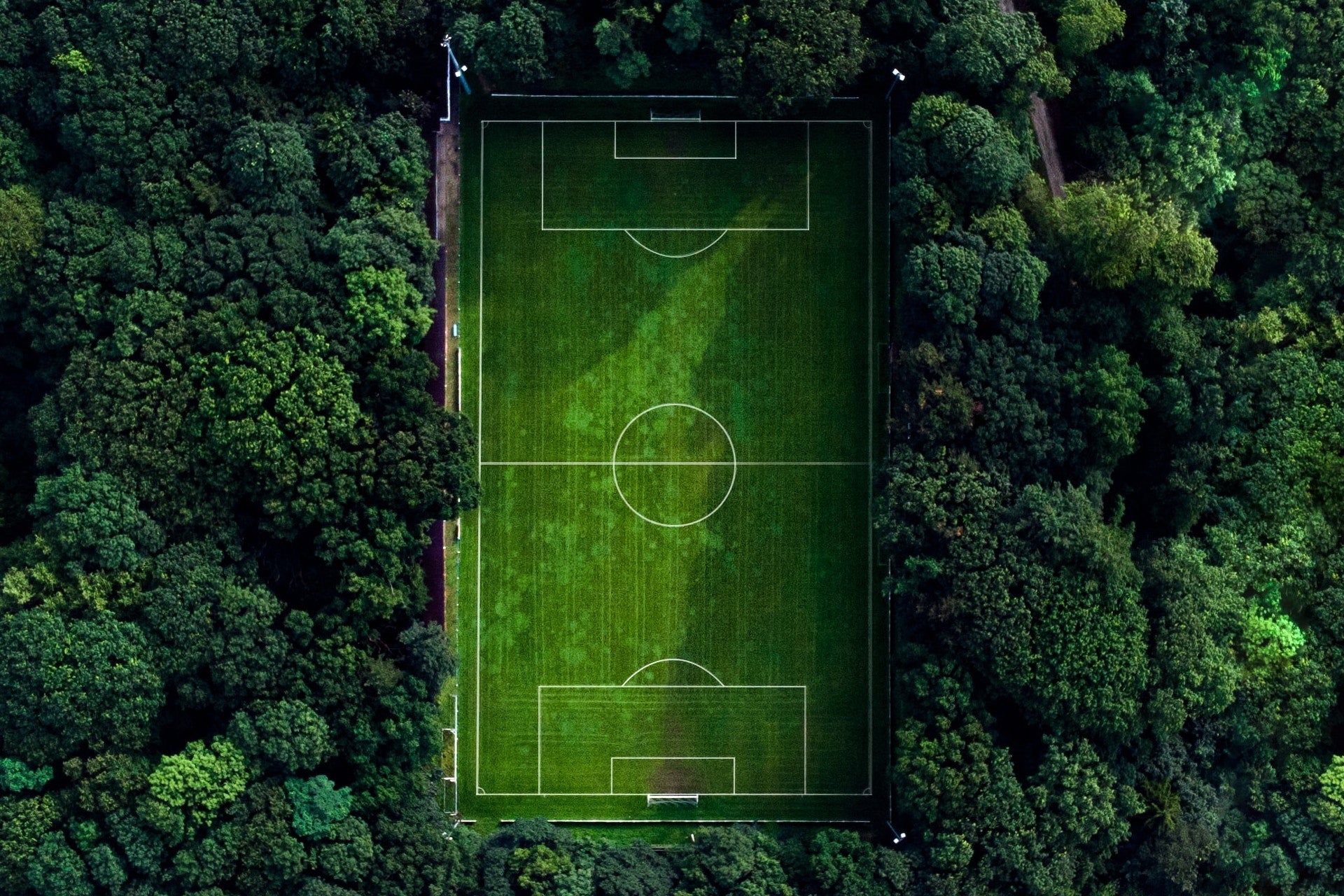Professor Ed Hawkins MBE, from the University of Reading, created the stirring #ShowYourStripes visualisation back in 2019. Since then, those climate stripes have become a global phenomenon, raising intuitive awareness of the urgent climate crisis that we're facing. We spoke to Ed to find out more about the stripes' inspiration, impact, and their benefits.
 Professor Ed Hawkins MBE in a POMP #ShowYourStripes Hoodie
Professor Ed Hawkins MBE in a POMP #ShowYourStripes Hoodie
An Interview with Professor Ed Hawkins MBE:
- The warming stripes graphic shows the rise in average temperatures but their impact is surely about more than sharing information. How would you describe the broader message (or even call-to-action) the graphic conveys?
By condensing complex climate data into a simple yet powerful image, the climate stripes provide a clear and immediate visual representation of how our planet has been warming over time, and how the pace of warming has been accelerating in recent decades. The goal is to make this information accessible and understandable to everyone, and to encourage people to take action to mitigate the impacts of climate change. The message is clear: the planet is warming at an unprecedented rate, and urgent action is needed to prevent the worst impacts of climate change.
- What do you feel are the benefits of communicating climate change and / or sustainability in a visual way, as well as with words and stats?
Combining images with words and figures can help to reach a broader audience and to make the case for action on climate change and sustainability more compelling and urgent. Visuals are more memorable and engaging than words, so more people are encouraged to take action.
- Were you influenced by any other data visualisations, or work related to Climate Change, when creating the Show Your Stripes infographic?
Before the stripes, I created an animated spiral graphic that showed global temperature change as a function of time, which was used at the opening ceremony of the 2016 summer Olympics in Rio, Brazil. It was two years later in May 2018 that I created the climate stripes, which set out temperature changes in a way that is clear, and simple. I came up with the stripes by experimenting with different ways of rendering data, and when I displayed them at Hay Festival, they really struck a chord with festivalgoers.
 The latest Climate Stripes featuring 2023 global data: the path we're on is clear
The latest Climate Stripes featuring 2023 global data: the path we're on is clear
- The warming stripes are on the cover of The Climate Book by Greta Thunberg. How did that come about and what are your thoughts on what she has achieved as a climate activist?
Greta Thunberg is an inspiration to all of us who are trying to start conversations about climate change. She has shown incredible bravery and perseverance in the face of much hostility and her commitment to raising awareness about the impacts climate change will have on our planet should be admired by everyone. Greta is a big supporter of ours, and we are a big supporter of hers. She has helped spread our messages on social media in the past and we were delighted when her team reached out to us to ask if they could feature the stripes on the front cover of The Climate Book.
- As you know, we use sustainably produced organic cotton for our clothing and some of it is also recycled into new clothes when customers return worn clothes. How big of an impact do you think sustainable fashion can have in the fight for climate action?
The fashion industry accounts for a significant part of global carbon emissions and consumes vast amounts of natural resources, including water and land.
On the other hand, more organisations are promoting sustainable fashion, prioritising environmentally and socially responsible practices throughout the entire lifecycle of a garment, and sourcing sustainable materials to reducing waste and carbon emissions in production and distribution.
By embracing sustainable practices, the fashion industry can help to reduce its carbon footprint and can also help to shift consumer attitudes towards more conscious and responsible consumption, reducing the overall demand for fast fashion and encouraging a more circular economy.
- Have you been making any changes to your fashion choices to make them more sustainable over the past few years?
Yes - I wear many items made from sustainable and eco-friendly materials. As well as this, my Reading FC shirt, which features the climate stripes on the sleeves, is made from recycled plastic bottles.
- What have you been most enthused by when it comes to climate action / the sustainability movement?
I am most enthusiastic about the growing awareness and action being taken to address climate change and promote sustainability at all levels - from individuals and communities to businesses and governments.
One of the most encouraging developments is the increasing recognition of the urgency of the climate crisis, and the commitment of many countries and companies to achieving net-zero emissions by 2050 or sooner.
Thinking practically, another exciting trend is the rapid growth of renewable energy. This is driving a transition away from dirty energy sources and towards a cleaner, more sustainable future. I am also inspired by the many grassroots movements and community-led initiatives that are driving change from the ground up. From local campaigns to reduce waste and promote sustainable transport, to global youth movements demanding urgent action on climate change, these efforts are helping to raise awareness and drive positive change at all levels.
- What kind of personal goals do you set for yourself each year in relation to sustainability/ climate action?
I am to be as sustainable and energy efficient as possible in my life. For example, I cycle to work at the University of Reading, I drink from reusable cups, I buy products made from sustainable materials, and I try to eat as little meat as possible.
- Since we first "licensed" the use of this graphic, we've been donating to Mossy Earth via a regular subscription. Is there anything you would like to say about their work?
Mossy Earth's work to restore wild ecosystems, support wildlife and biodiversity, and fight climate change is inspiring. Their commitment to preserving and protecting the natural world is essential in the face of the ongoing environmental challenges we face as a global community. They serve as an example to us all of the importance of taking action to protect our planet and its precious ecosystems.
If you'd like to get involved in the Show Your Stripes movement and raise awareness of climate change (while looking pretty stylish at the same time, like Ed in one of our black hoodies) then take a look at our ShowYourStripes range. Like all of our clothing, items in the collection are made from GOTS-certified organic cotton. Profits from this range also go towards re-wilding projects with Mossy Earth.




